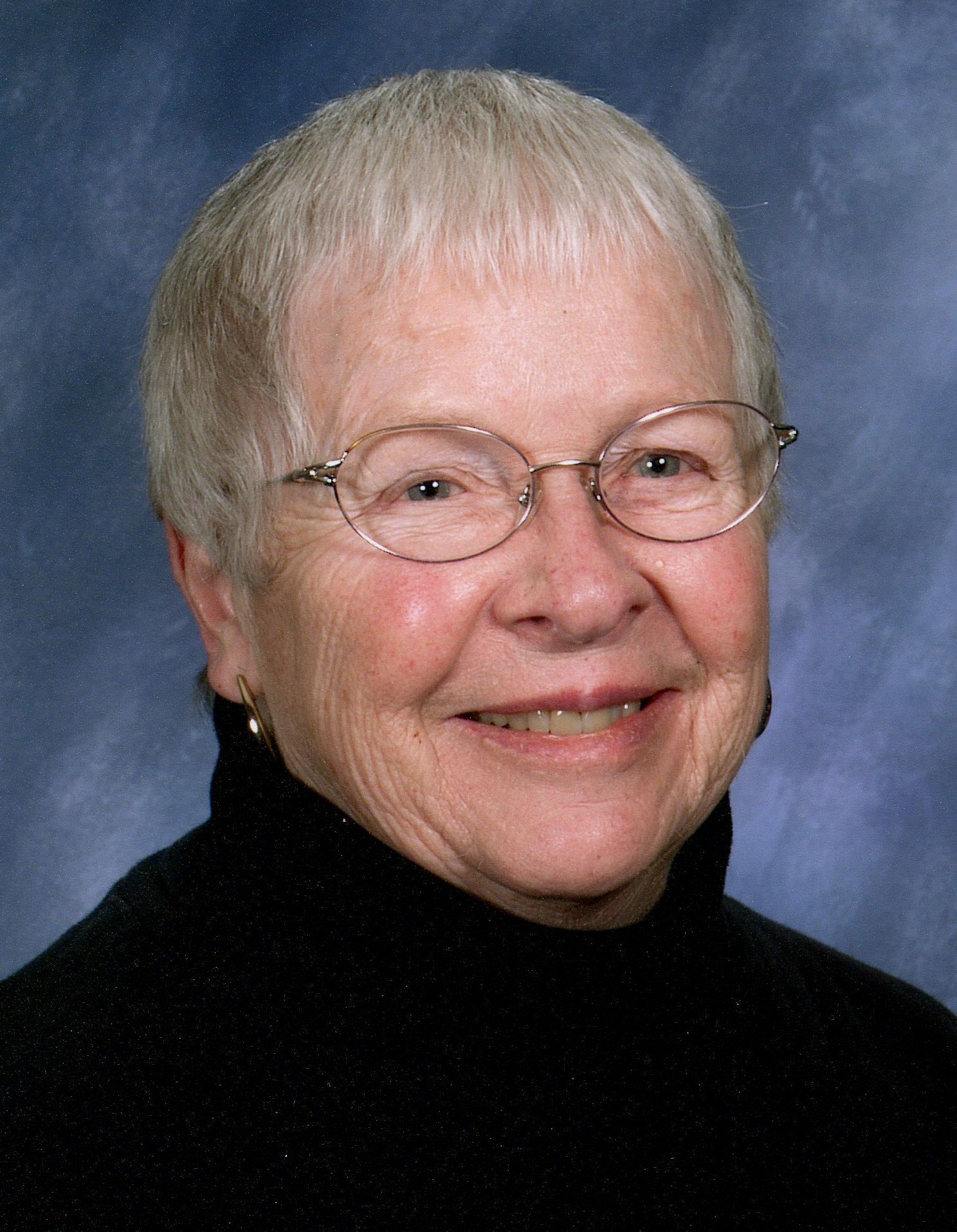Jane Ganter: A Look Back at ACT

Where does the time go? How did ACT get to be 20 years old already? Twenty years ago I thought 30 miles was a nice leisurely after-work bike ride, and I was still two years away from having the grandson who starts college this fall.
My immersion in clinical research, informed consent, and the protection of human subjects began in 1974, when I worked in a university clinical psychology program. A decade later, I became associate editor of Pharm Exec. In 1984, the Orphan Drug Act was still news and most trials were conducted in academic medical centers, though other trials centers were being introduced and discussed. CROs were in their infancy and often viewed with some suspicion.
Two landmark events for clinical research occurred between my time on PE and moving into the editor’s chair for ACT. In June 1989, during the first month of my tenure on BioPharm, I spotted a headline in a Seattle Times newspaper box that boded well for the future of the biotechnology sector: Amgen had received marketing approval for epogen. In 1992, Congress enacted the Prescription Drug User Fee Act (PDUFA) to speed reviews for marketing approval.
Twenty years ago I was editor of one of the company’s plastics magazines. That is related to my tenure on ACT. At a manufacturer’s event, each of us received a plastic replica of the chimpanzee sculpture commissioned for the speaker. The founding editor of ACT, Jennifer Lindsey, had spent a leave of absence working for that speaker in Africa. When I gave Jennifer the replica, I had no idea she was about to resign from ACT to work for the Jane Goodall Institute. I remember telling her it was only a plastic replica; she didn’t have to give up her job for me.
At my first ACT conference, in September 1994, I met Ken Getz, who had recently launched a little newsletter called CenterWatch. It was successful, and so was another person I met there: ACT’s soon-to-be publisher, Wayne Blow. What a fantastic leader — and friend — he became.
Back then, regulatory submissions were still on paper—truckloads of paper. When FDA first started accepting digital submissions, every company had its own platform and database. FDA reviewers could have two or three or more computers installed in their cubicles and would pick their way through various programs to review marketing approval submissions.
From my perspective—not surprising in a family of editors—language changes have been a Big Deal. In the mid-1990s, industry professionals used a wide variety of terms for the same concepts. At one point we compiled a list of 20-odd job titles for clinical coordinators. That was probably my main motivation for creating ACT’s first clinical trials glossary. Similarly, CDISC set out to establish consistency in digital submissions language. We combined forces a few years later. Even during the first three or four years of my alleged retirement, I continued to work with the CDISC glossary project team.
Until becoming editor-in-chief of ACT, I had short professional attention span. In three or four years, I was looking for a new challenge. With something new happening every day in clinical research, I had no need to look further for an opportunity to fulfill my obligation to learn something new every day. Because I last attended DIA and ACRP meetings in 2007, I have surely missed many learning opportunities in the past five years.
But, as the old saying goes: The more things change, the more they stay the same. It seems safe to assume that one thing hasn’t changed: the clinical research community’s never-ending quest for ways to make the development process more efficient and effective and better ways to recruit and retain subjects.